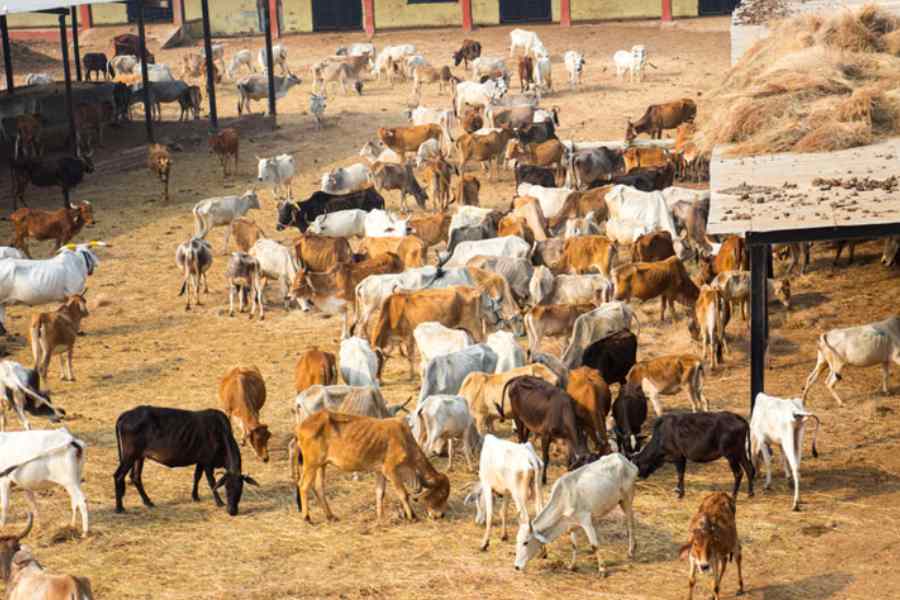They have been beyond the margins forever. But six months from now, India will officially know about its diverse pastoralist systems, the livestock populations they sustain and the role they play in the country’s formal and informal economy.
For the first time since its inception in 1919, the country-wide livestock census this year is enumerating the ever-mobile pastoralist communities and the breeds and populations of animals they rear in what is being described as a significant first step towards understanding their socio-economic and cultural scale. While our confined animal operations are on the wane, following a deep-rooted and all-pervasive agrarian crisis, the addition of the pastoral livestock to our official count could see a sudden rise in the overall livestock populations — we must bear in mind that it won’t be on account of any government intervention beyond the decision to enumerate them.
The census data are expected to be made public by March 2025. Those who work with the pastoralists are buoyed by the fact that this step would pave the way for the communities to access livestock healthcare systems and shape public policies to address them, including investments in their economies, their educational backwardness and a constant harassment by police and forest authorities while they are on the move with their animals.
For a long time, the community-based organisations working with pastoral systems have been pushing for their inclusion in the livestock census. Some of them even conducted studies in different regions to bring out their huge contribution to the livestock economies — dairy, wool, meat, transportation and so on. Several pastoral systems scattered around the length and breadth of the country remain un- and under-acknowledged in the official ledgers. So the Centre’s decision is a welcome step.
Pastoralists — usually traditional livestock herders with a mobile lifestyle — migrate seasonally across long distances in about 17 states. The lack of data about them hampers interventions and leads to an underestimation of their contributions to the larger economy. Whether the data would immediately drive the government to streamline resources and support the households is doubtful. Alas, that will be a long struggle for the communities and the organisations working for their welfare.
Myriads of varieties of the livestock and their multifarious use by these pastoral systems are simply astonishing, albeit most of these communities live beyond the gaze of the modern world. Some of them keep donkeys; rear and use camels for transportation; breed dogs for guarding and herding; have goats, sheep, cows of a great diversity, buffaloes, chickens and much more.
Of course, major challenges remain about how to count the constantly moving populations. But a number of community youths and civil society organisations have joined hands with the Animal Husbandry Statistics Division, which collects data on livestock populations in the country during this census, conducted every five years. The enumeration methodology is as dynamic as the populations it is seeking to count with hundreds of community leaders playing a central role in the mammoth exercise following an equally daunting and decentralised training.
What the census would definitely help do in the long run is shine light on our informal livestock economy, allow for the states to better plan programmatic interventions (vaccination, vector control etc) and achieve sustainable development goals. A leading scholar of pastoral systems, Nitya Ghotge, notes, the gendered perspective of the approach would officially help recognise “the phenomenal contribution of women as breeders and caretakers of livestock”, often overshadowed within the patriarchal structures.










